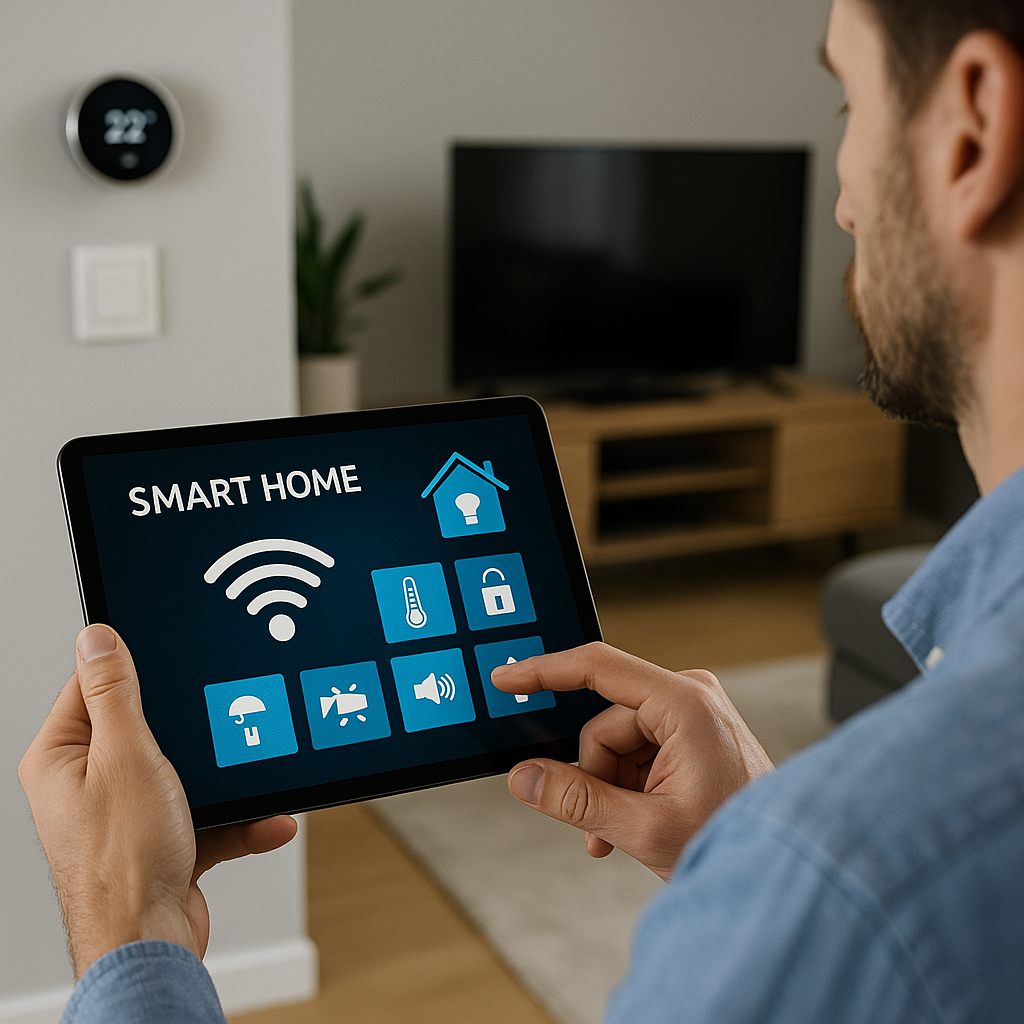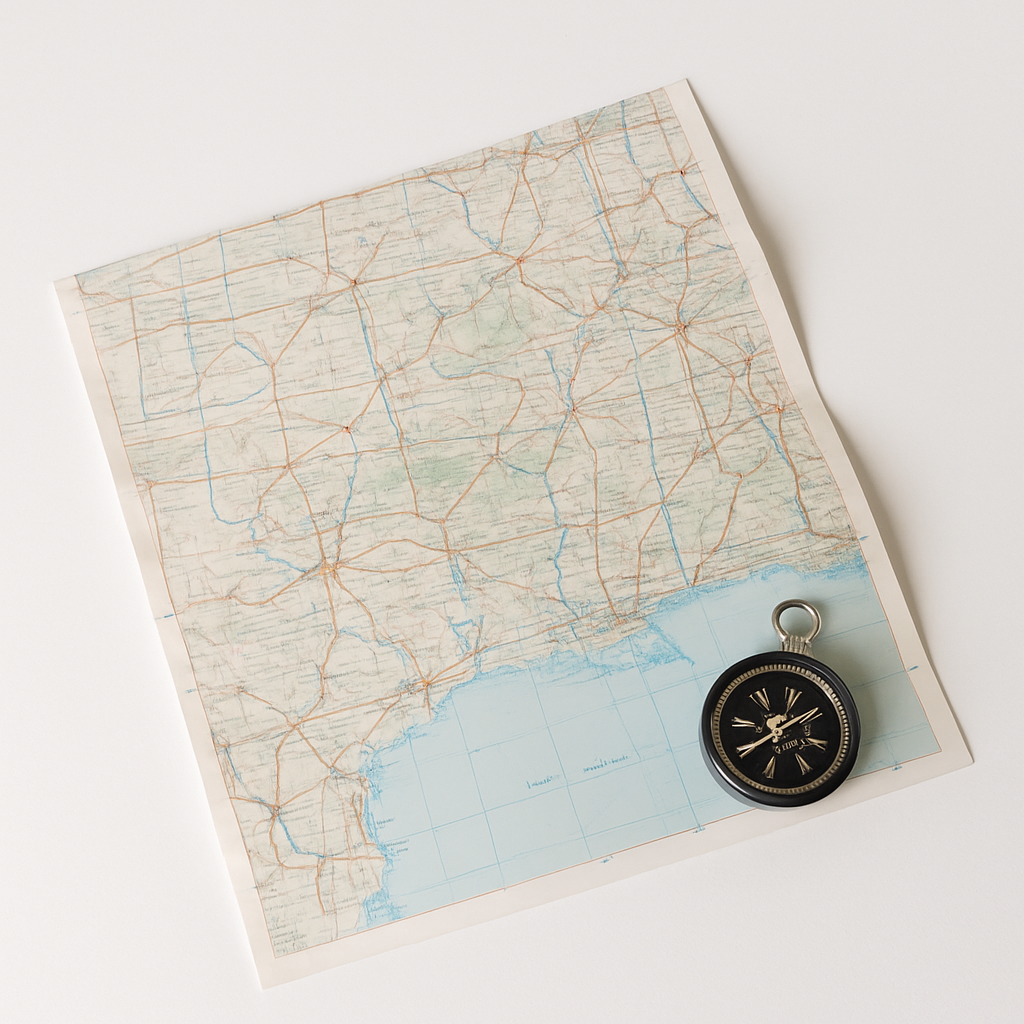In today’s fast-evolving digital landscape, two revolutionary technologies—Artificial Intelligence (AI) and the Internet of Things (IoT)—are driving major change across industries and daily life. When combined, AI and IoT create smarter systems that adapt, predict, and respond in real time. This powerful synergy is shaping a future where everything from healthcare to manufacturing operates with greater precision, automation, and insight.
What Is IoT?
The term “Internet of Things” (IoT), first coined in 1999, refers to a vast network of physical devices—like appliances, vehicles, and wearable tech—connected to the internet. These devices collect, exchange, and process data using embedded sensors, software, and communication tools.
Simply put, IoT links everyday items with digital intelligence, allowing them to communicate and act based on real-time data. From smart refrigerators and thermostats to city-wide sensors and industrial machinery, IoT powers much of our connected world.
Each device sends data to a central platform, where it’s analyzed and used to detect patterns, identify potential issues, and optimize performance—often before humans even realize there’s a problem.
How IoT Works
IoT operates through four main stages:
- Data Collection
Devices collect data through built-in sensors, tracking usage, conditions, and performance. - Data Storage
This data is typically stored in the cloud, where it can be accessed and managed remotely. - Data Processing
Cloud software processes the data to trigger actions—like sending alerts or adjusting settings. - Data Analysis
Using AI and machine learning, this data is analyzed to provide insights, forecasts, and solutions.
Everyday Applications of IoT
IoT touches nearly every part of modern life. In retail, it helps track customer behavior and manage inventory. In healthcare, it supports remote monitoring and personalized treatment plans. Smart cities use IoT to optimize traffic flow, manage waste, and monitor environmental conditions. Even our homes benefit, with smart assistants, lights, and appliances that adjust to our preferences and routines.
By automating repetitive tasks and improving decision-making, IoT saves time, reduces costs, and enhances experiences for users and businesses alike.
The Role of AI in IoT
While IoT connects devices, AI gives them intelligence.
As connected devices generate massive amounts of data, AI steps in to make sense of it all. It helps identify trends, learn from patterns, and take action—all without human intervention. This ability transforms simple data points into meaningful, real-time decisions.
Here are some of the key roles AI plays in IoT systems:
- Data Processing and Analysis
AI interprets vast streams of data, finding trends and anomalies far faster than humans can. - Predictive Analytics
AI uses historical data to forecast maintenance needs, equipment failures, or consumer behaviors. - Automation and Control
AI enables systems to operate independently—adjusting processes, optimizing performance, and reducing downtime. - Anomaly Detection and Security
AI quickly identifies suspicious activity or deviations from normal behavior, helping protect networks and devices. - Natural Language Processing (NLP)
With NLP, IoT devices can understand and respond to voice commands—seen in smart assistants and devices that interact conversationally. - Personalization
AI tailors experiences by learning from user behavior—adjusting settings, suggesting content, or recommending products. - Energy Efficiency
AI helps manage energy use in smart homes and buildings, optimizing consumption based on weather or user habits. - Healthcare Monitoring
Wearable devices and sensors track health metrics, while AI analyzes the data for early diagnosis and treatment recommendations.
The Synergy of AI and IoT
When combined, AI and IoT unlock a new level of potential. AI gives IoT devices the ability to learn, adapt, and act intelligently. This creates systems that don’t just collect data—they understand it, respond in real time, and improve continuously.
This blend is already transforming industries:
- In manufacturing, machines adjust operations on the fly.
- In retail, AI-driven insights optimize stock levels and customer experience.
- In transportation, real-time analytics predict delays and reroute traffic.
Together, AI and IoT pave the way for Industry 5.0, where machines and humans work side by side to build more intelligent, efficient, and human-centered environments.
Challenges to Address
Despite its promise, this integration comes with challenges:
- Data security and privacy
- Ethical considerations
- Compatibility across platforms
- Skilled workforce shortages
- Consumer trust and reliability concerns
Addressing these concerns is crucial to building systems that are safe, responsible, and beneficial for all.
Final Thoughts
AI and IoT together form the backbone of a smarter, more connected future. They empower systems to think, learn, and improve—turning ordinary devices into intelligent assistants that help us live, work, and innovate better.
This technology is already transforming the world, and the possibilities are expanding every day. With the right vision and responsibility, AI and IoT will continue to create real value across all sectors of life.





